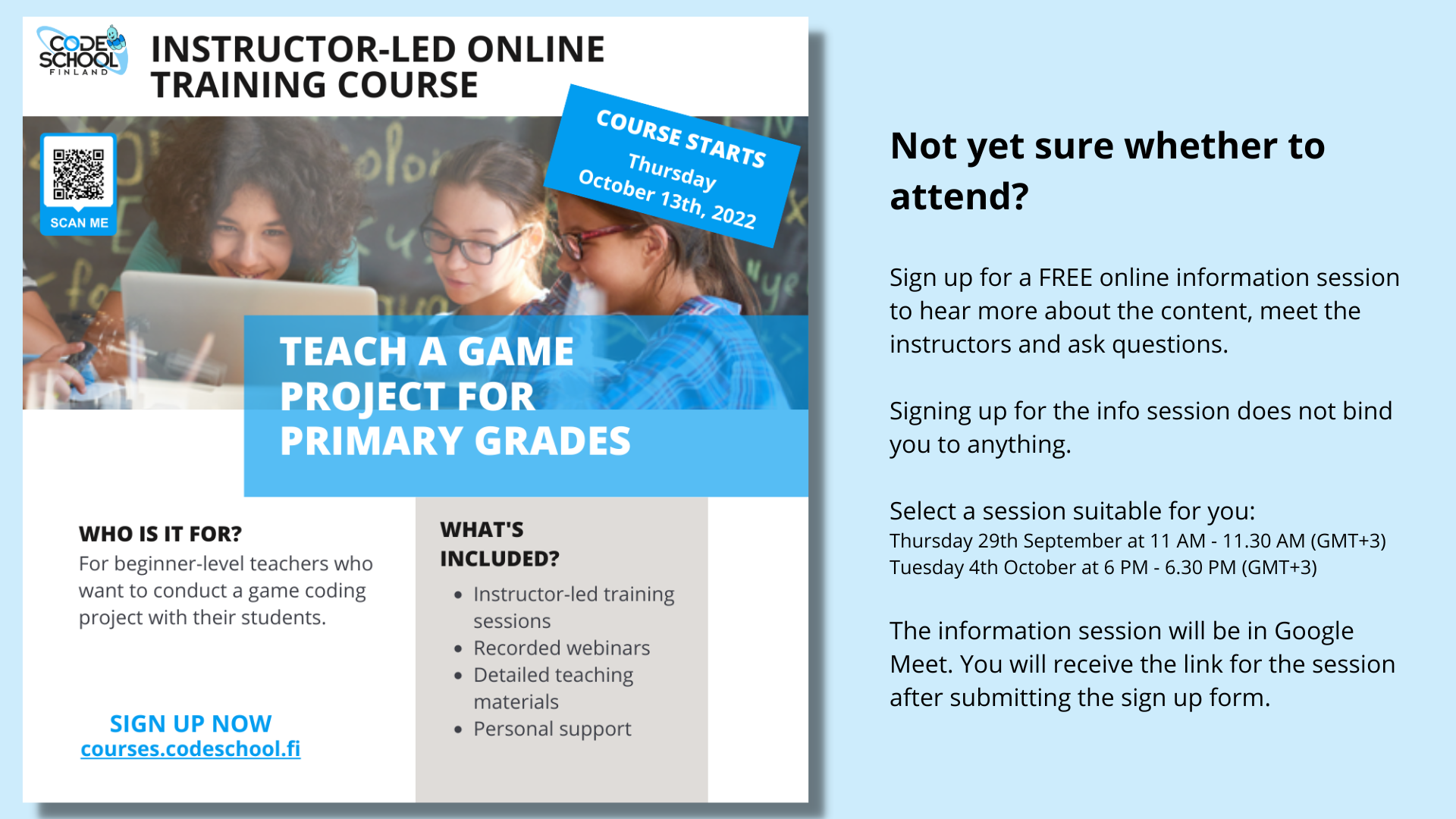Why Unplugged Coding With 6 LEGO BRICKS – Edward Tiffin-Malinowski, HandsOnTech
First Edward was sharing a model named ‘Six Bricks’ that was introduced by Brent from Care for Education whereas they make use of 6 coloured Duplo bricks. There is an ongoing initiative to provide these six Duplo bricks to all schools in South Africa. While being very simple they can still be used to teach a wide variety of concepts to the learners. A platform of 500+ activities have been developed to be used with the bricks. Each activity is hands-on and engaging and takes 5-10 min. With these activities one can teach all kind of fundamentals to learners aged 4-13 years, in South Africa it is being introduced from grades R-3. When introduced it was noticed that many schools did not have facilities and equipment you would normally expect to find in a school so they needed to come up with something that was affordable, scalable and easily accessible to the schools.
Six Bricks is a LEGO® Foundation learning solution implemented in South Africa and elsewhere, it is hands-on and introduces the idea of learning through playing whereas the students learn amongst other things also perceptional skills, numeracy and literacy. As a part of the program teachers undergo training on play-based pedagogy. So far more than a million Six Brick sets have been donated to schools as part of the 5-year Foundation Phase Initiative currently rolled out in South Africa.
The learning outcomes shown so far is that the learning is becoming fun for the children, the students are engaged, the hands-on learning helps with conceptual understanding, developing fine motor skills, learning becomes meaningful and the students do not get bored and keep wanting to do new activities.
If your school is yet not involved contact Care for Education and fill in their online application form. https://www.carefored.co.za/application
After explaining about the Six Brick initiative in schools Edward continued to tell how he and HandsOnTech has built upon the initiative to also introduce concepts of coding and robotics in the schools. The main thing here was to see how can they use the bricks in problem solving activities and introduce concepts of coding and computational thinking. Edward referred to the World Economic Forum top 21st century skills needed in the evolving world and highlighted how they are related to problem solving and how developing these skills could be addressed using the Six Bricks, skills such as analytical/critical thinking, active learning, complex problem-solving and creativity.
The activates covers five main areas of computational thinking – Decomposition, Abstraction, Pattern recognition, Algorithmic thinking and Evaluation/Debugging. How it works is basically that you take any kind of day to day problem and you specify it in a certain way where the children need to identify the important parts, break it down to various steps, come up with solutions, implement and evaluate the outcome. The coding part of this is writing down a structured ‘recepie’. The robotics part of it is the manifestation or physical representation of the problem solving process. So with the Six Bricks all is done without using any computer and this is in the light of majority of South African schools not having computer labs.
The Six Bricks encourages a hands-on approach and playful learning. The unplugged coding technics in schools have shown several positive outcomes such as enhancing learning, facilitating understanding of concepts. It also allows for a higher adoption rates and has shown to attract more female learners to computer science disciplines.
The Six Duplo Bricks are found very useful as they can easily be staggered, they are of six different colours and they are robust. The activities could however equally well be done with for instance bottle caps or stones. It is also easily adaptable for teachers as they do not need to know much about coding and robotics themselves. The teachers can learn alongside with the students while doing these activities in the classrooms.
After going through the Six Brick training it will be easier to get into programming on a computer as the students would have practiced tackling similar problems, breaking them down as well as writing out pseudocode. They would have used the bricks to act out or manifest the outcome. So the process would actually be the same. It would be great if all kids had access to computers and tablets but since that is not the case unplugged activities does fill a gap in better preparing the children for the 21st century. Coding, robotics, and 21st century skills are becoming essential and will have application areas in most lines of future jobs, the demand increases as jobs that can be automated will start dissapearing.
Best practices with Lego robotics by Code School Finland – Jussi Koivisto, CSF
Jussi started off with hinting at the fact that the teachers also do not need to have a strong background of coding and robotics for introducing the Code School Finland (CSF) modules on coding, robotics and AI in schools. The modules are designed so that a teacher with limited teacher training would be able to facilitate the learning without the teacher having to be a coder themselves.
Code School Finland see robotics as computational devices that use sensors to sense the world and actuators to perform certain actions where the processor is the brain to be able to do this in an automated manner.
While using Lego bricks without sensors and actuators they will still need to rely on the human effort to ”help” them perform certain tasks so it becomes automated only once we move away from the unplugged solutions.
Lego comes with a few generations of robotic kits and normally when teachers use them in the classrooms they tend to follow the box instructions while CSF teaches exploration. For instance just add some sensors and actuators and start to exploring without following step by step instructions. CSF also promotes working on multidisciplinary projects where the idea is for the teachers to use the robotics as a tool to better understand other subject matters where he took an example of attaching a planet to a motor and have it rotate to build and explain for instance a solar system.
While the Lego Robotic Kits such as Spike, EV3 and NXT are great and helps teaching also a lot of mechanical skills they have the disadvantage of being rather expensive. As an alternative that is more cost effective CSF also make use of Micro:bit robots such as Maqueen. In a setting where normal Lego building bricks are available these can still be used in combination and Jussi showed examples of how Lego and Micro:bit have been combined in projects especially in regard to making use of a servo motor attached to Lego gears.
CSF make use of Lego as they help building robust robots where students can be creative in the design. They are also useful in learning about mechanics. The CSF modules are however not requiring any Lego products. CSF thinks of robotics as a combination of mechanics, electronics and programming. While Lego has advantages on the mechanics side Micro:Bit and Arduinos have an advantage on the electronics side.
CSF is about to offer a unique online course to introduce teachers to the CSF explorative learning where the aim is to teach a game project for primary grades. The course starts on 13th October and to join anyone can sign up on https://courses.codeschool.fi/course/teach-a-game-project


